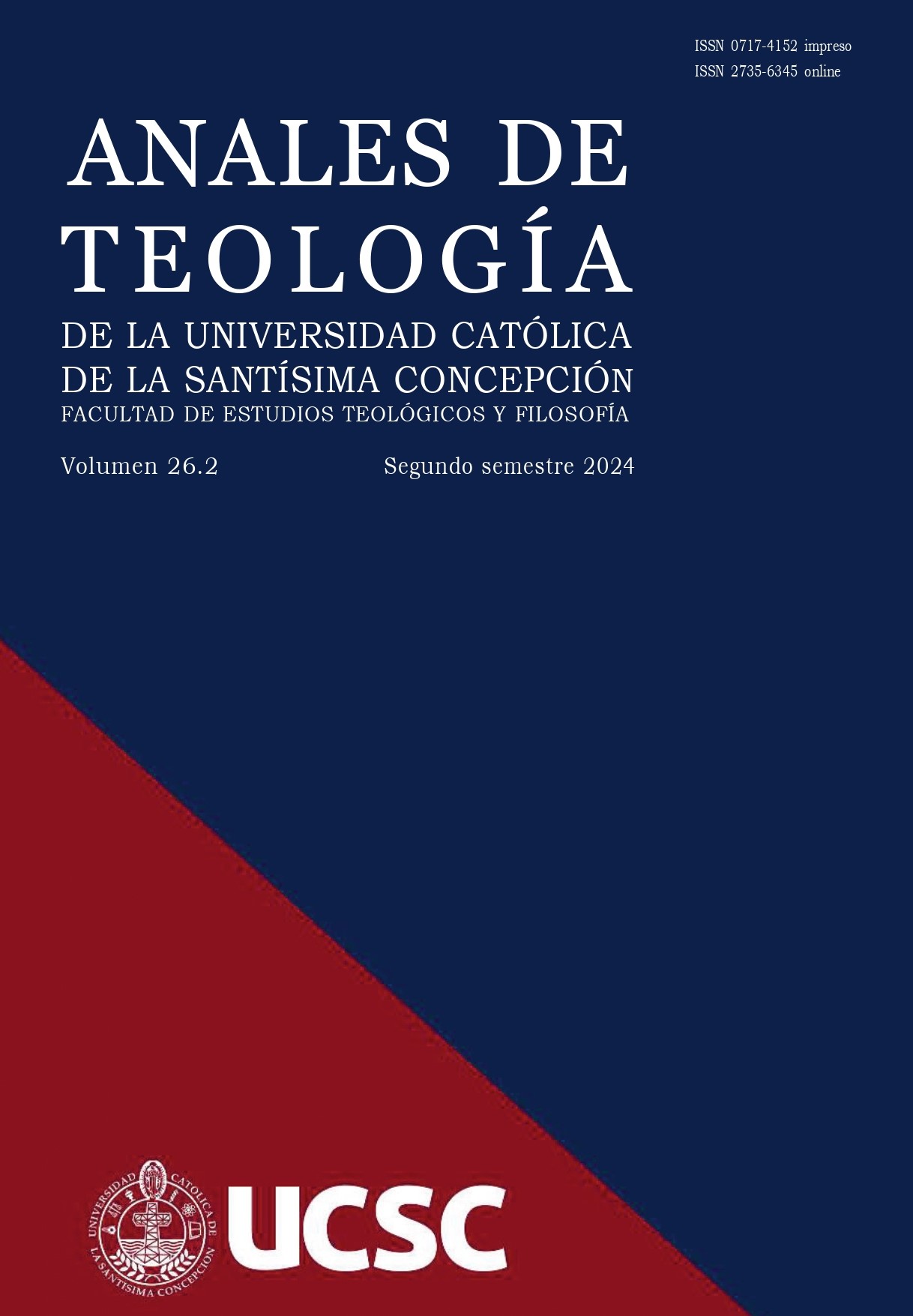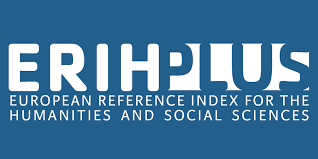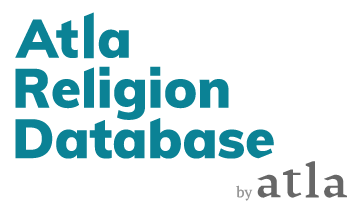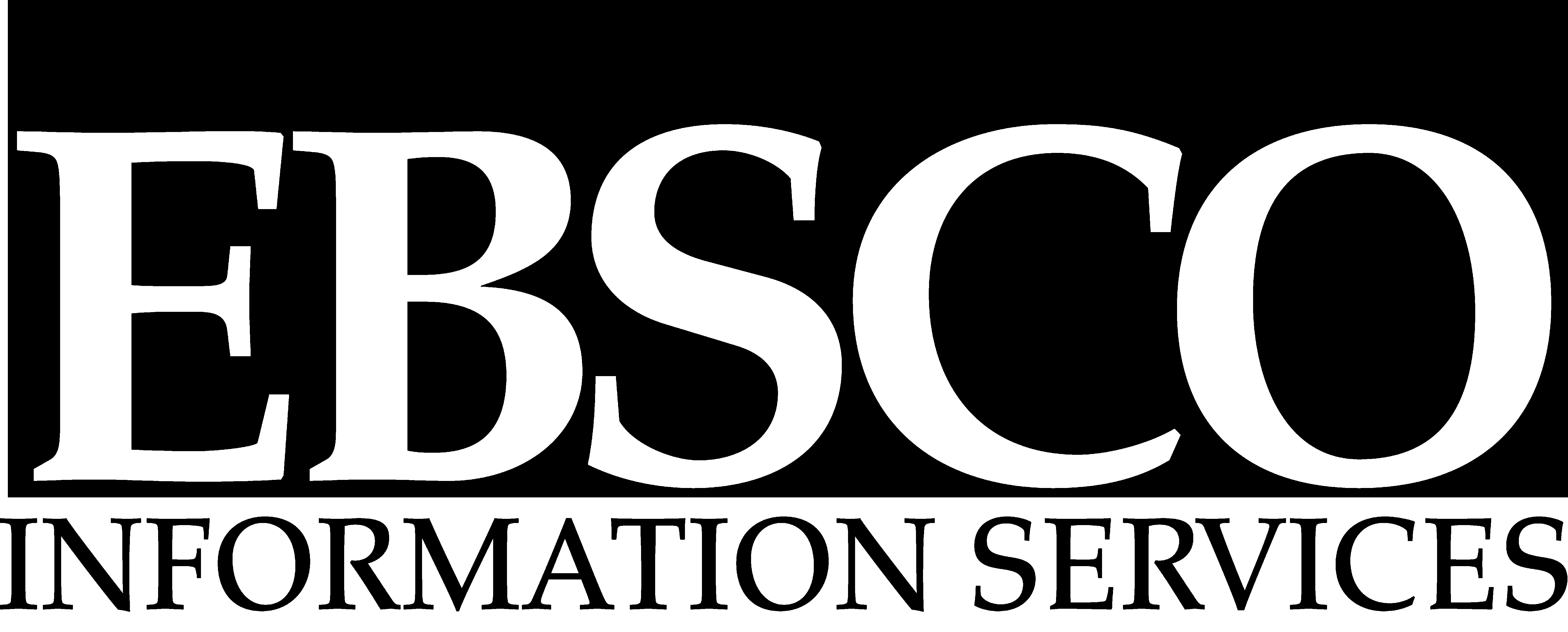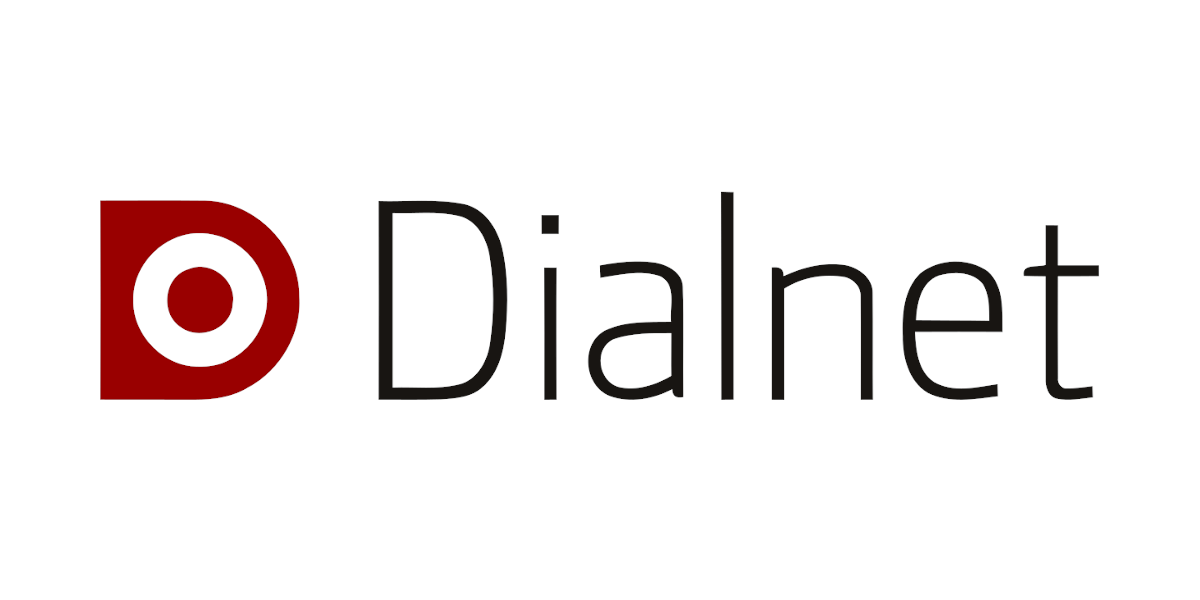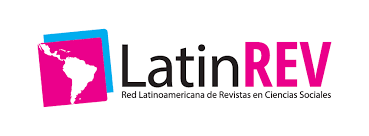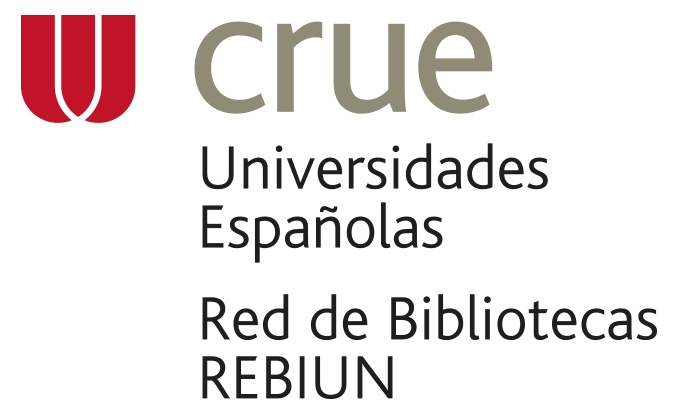E. RUMPZA, Phenomenology of the Icon. Mediating God through the Image. Cambridge University Press, 2023, pp. 314. ISBN 9781009317924. http://dx.doi.org/10.1017/9781009317900
DOI:
https://doi.org/10.21703/2735-634520242622942Palavras-chave:
trascendencia, iconoclasia, fenomenologíaResumo
El libro Phenomenology of the Icon: Mediating God through the Image de Stephanie Rumpza, con prefacio de Jean-Luc Marion, explora cómo el ícono bizantino actúa como medio para mediar la trascendencia divina, integrando fenomenología, teología y estética cristiana. Rumpza se basa en la hermenéutica de Hans-Georg Gadamer y la fenomenología de Marion para distinguir entre ídolo e ícono, argumentando que el ícono, lejos de ser un simple objeto visual, permite una experiencia de lo divino al desbordar las limitaciones de la percepción humana. La autora también destaca la importancia del contexto litúrgico para comprender el ícono como una ventana hacia lo invisible, y muestra cómo este enfoque fenomenológico enriquece la comprensión teológica de lo sensible como puerta hacia lo trascendente, evitando tanto la idolatría como el iconoclasmo.
Downloads
Referências
E. RUMPZA, Phenomenology of the Icon. Mediating God through the Image. Cambridge University Press, 2023, pp. 314. http://dx.doi.org/10.1017/9781009317900 DOI: https://doi.org/10.1017/9781009317900
Downloads
Publicado
Edição
Seção
Licença
Copyright (c) 2024 Bernardita Linares

Este trabalho está licenciado sob uma licença Creative Commons Attribution-NonCommercial 4.0 International License.
The Anales de Teología is an open access journal and does not charge for publication. In addition, it regulates its Copyright and access policy according to the Creative Commons Attribution-NonCommercial 4.0 International Public License (CC BY-NC 4.0), therefore sharing (reproducing and distributing the material in any medium or format) and adaptation (modifying, transforming, and creating from the material) is allowed as long as proper credit is given and the citation is included with the corresponding data. Moreover, it is not allowed to use the material for commercial purposes.
